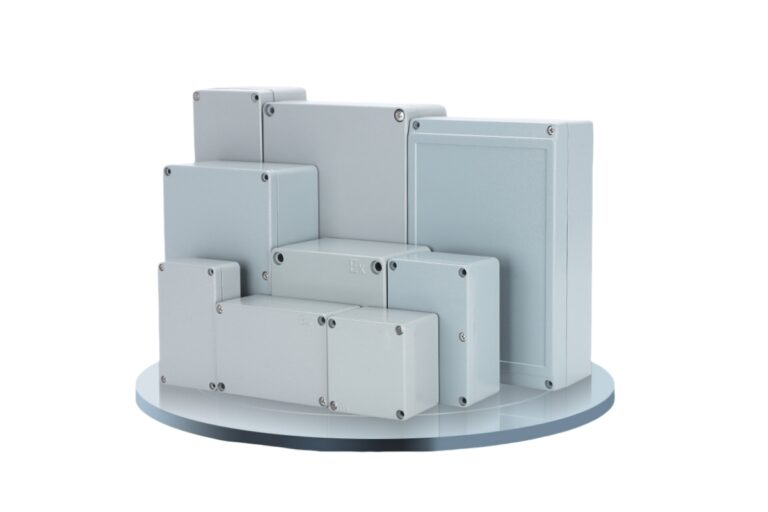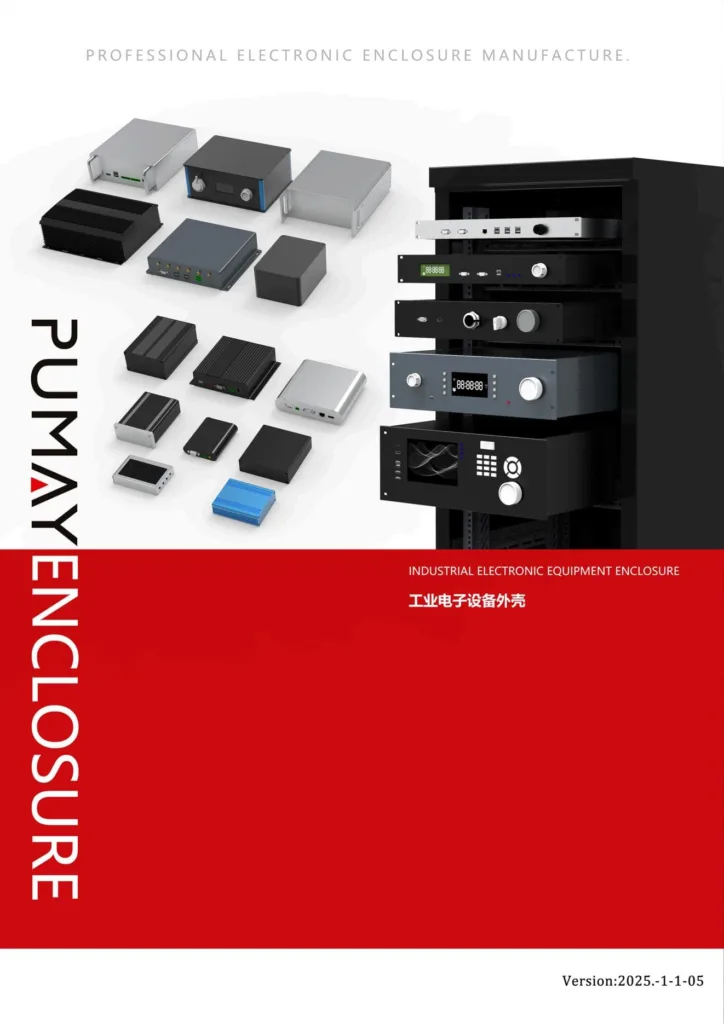How Many Wires Can Go in a Junction Box?
Junction boxes are essential for safe electrical connections. But overfilling them can cause dangerous overheating. The right number depends on three key factors.
The National Electrical Code (NEC) limits wire capacity based on box size, wire gauge, and connection types. For example, a standard 4-inch square box with #14 wires holds up to 9 conductors.
 “properly filled junction box”
“properly filled junction box”
Cramming too many wires risks melted insulation or fires. Let’s break down exactly how to calculate safe fill levels for your projects.
How Do Box Dimensions Affect Wire Capacity?
Bigger boxes fit more wires. But exact volume requirements surprise many electricians.
Box volume is measured in cubic inches. NEC requires 2.0 cubic inches per #14 conductor. Each #12 wire needs 2.25 cubic inches, while #10 wires demand 2.5 cubic inches per conductor.
 “box volume comparison”
“box volume comparison”
Understanding Fill Calculations
The NEC provides precise formulas:
- Standard calculation: Count all conductors entering the box, including grounds and neutrals. Clamps and devices count as wires too.
- Alternative method: Use Table 314.16(A) for common box sizes
Critical exceptions:
- Pigtails don’t count if under 6 inches
- Cable clamps typically count as one conductor
- Devices (switches/outlets) count as two wires
Here’s a comparison for common scenarios:
| Box Type | #14 Wires | #12 Wires | Devices | Max Capacity |
|---|---|---|---|---|
| 4" square (30.3 cu in) | 9 | 8 | 1 | 10 conductors |
| 4-11/16" square (42.0 cu in) | 14 | 12 | 2 | 16 conductors |
Always leave space for heat dissipation - the NEC requires “box fill shall not exceed the box’s marked volume.”
Does Wire Gauge Change Capacity Limits?
Thicker wires reduce how many fit safely. Here’s why it matters.
Smaller gauge numbers mean larger wires. Each increase in gauge (#14 → #12 → #10) reduces box capacity by about 10–12% due to greater volume requirements.
 “wire thickness chart”
“wire thickness chart”
Gauge Impact Examples
Consider these real-world adjustments:
Volume per wire:
14: 2.0 cu in
12: 2.25 cu in (+12.5%)
10: 2.5 cu in (+25% vs #14)
Practical effects:
- A box holding 9 #14 wires fits only 7 #12 wires
- Devices count as two #12 wires (4.5 cu in total)
Grounding wires follow special rules:
- All equipment grounds count as one conductor
- Additional ground wires beyond the first add 1/4 volume each
Always verify the box’s UL listing – some plastic boxes have lower ratings than metal ones.
What Connection Types Affect Fill Calculations?
Not all wires count equally. Here’s how NEC categories change the math.
Clamps, devices, and grounding conductors alter capacity. For instance, a single-gang device (switch/outlet) consumes the space of two wires, while cable clamps count as one conductor.
 “box connection types”
“box connection types”
Special Case Breakdown
Cable clamps:
- Internal clamps: 1 conductor
- External connectors: Usually 0 (they’re outside the box)
Devices (switches/receptacles):
- Single-gang: 2 conductors
- Multi-gang: Add 2 per yoke
Grounding wires:
- All equipment grounds combined count as 1 conductor
- Additional grounds beyond the first: +1/4 each
Pigtails:
- Under 6 inches: Don’t count
- Over 6 inches: Count as full wires
Remember:
- Wire nuts and tape don’t count toward fill
- Always account for future service loops
Conclusion
Follow NEC box fill rules to prevent overheating. Match wire count to box size, gauge, and connection types—safety trumps convenience every time.





